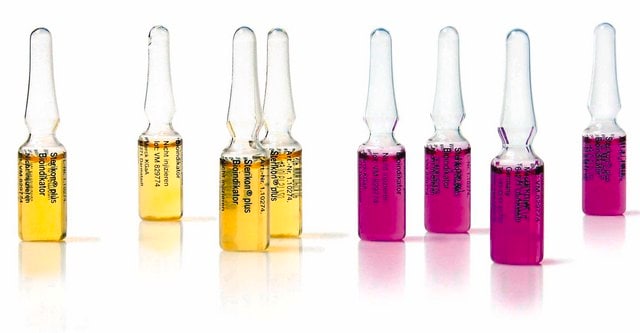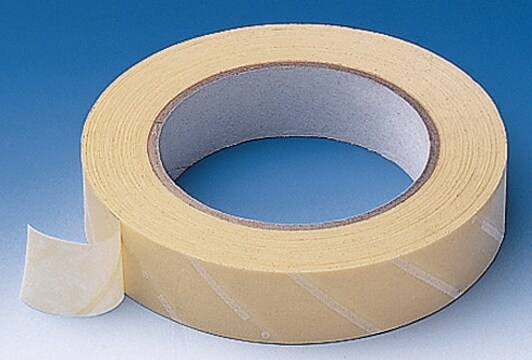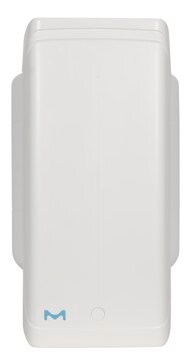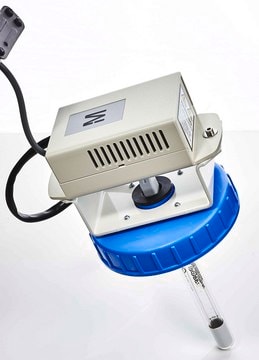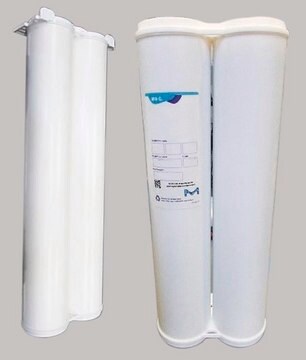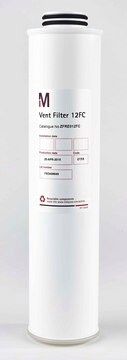MABC1824
Anti-phospho-MYO10 (Ser1060/1062/1066) Antibody, clone 2C10-6
Synonim(y):
Unconventional myosin-10, Unconventional myosin-X
About This Item
Polecane produkty
pochodzenie biologiczne
mouse
Poziom jakości
forma przeciwciała
purified antibody
rodzaj przeciwciała
primary antibodies
klon
2C10-6, monoclonal
masa cząsteczkowa
calculated mol wt 237.35 kDa
observed mol wt ~260 kDa
oczyszczone przez
using protein G
reaktywność gatunkowa
human
opakowanie
antibody small pack of 100 μL
metody
immunocytochemistry: suitable
western blot: suitable
izotyp
IgG1κ
sekwencja epitopowa
Unknown
numer dostępu Protein ID
numer dostępu UniProt
temp. przechowywania
2-8°C
informacje o genach
human ... MYO10(4651)
Opis ogólny
Specyficzność
Immunogen
Zastosowanie
Evaluated by Western Blotting in lysate U20S cells transfected with GFP-MYO10.
Western Blotting Analysis (WB): A 1:250 dilution of this antibody detected phospho-MYO10 (Ser 1060/1062/1066) in U20S cells stably transfected with GFP-MYO10, but not in lysate from cells with MYO10 knockout.
Tested applications
Immunocytochemistry Analysis: A representative lot detected p-MYO10 (Ser1060/1062/1066) in Immunocytochemistry application (Pozo, F. M., et al. (2021). Sci Adv. 7(38); eabg6908).
Western Blotting Analysis: A representative lot detected p-MYO10 (Ser1060/1062/1066) in Western Blotting application (Pozo, F. M., et al. (2021). Sci Adv. 7(38); eabg6908).
Note: Actual optimal working dilutions must be determined by end user as specimens, and experimental conditions may vary with the end user.
Postać fizyczna
Przechowywanie i stabilność
Inne uwagi
Oświadczenie o zrzeczeniu się odpowiedzialności
Nie możesz znaleźć właściwego produktu?
Wypróbuj nasz Narzędzie selektora produktów.
Kod klasy składowania
13 - Non Combustible Solids
Klasa zagrożenia wodnego (WGK)
WGK 1
Temperatura zapłonu (°F)
Not applicable
Temperatura zapłonu (°C)
Not applicable
Certyfikaty analizy (CoA)
Poszukaj Certyfikaty analizy (CoA), wpisując numer partii/serii produktów. Numery serii i partii można znaleźć na etykiecie produktu po słowach „seria” lub „partia”.
Masz już ten produkt?
Dokumenty związane z niedawno zakupionymi produktami zostały zamieszczone w Bibliotece dokumentów.
Nasz zespół naukowców ma doświadczenie we wszystkich obszarach badań, w tym w naukach przyrodniczych, materiałoznawstwie, syntezie chemicznej, chromatografii, analityce i wielu innych dziedzinach.
Skontaktuj się z zespołem ds. pomocy technicznej